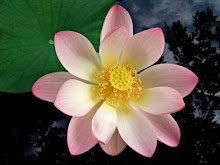

Bloodroot
Sanguinaria canadensis
Bloodroot Herb Use and Medicinal Properties
Bloodroot is used in herbal medicine in very small doses, mainly for bronchial problems and severe throat infections. The root is used in many pharmaceuticals, mixed with other compounds to treat heart problems, dental applications (to inhibit plaque), and to treat migraines. Bloodroot paste is used externally for skin diseases, warts, and tumors. For ringworm apply the fluid extract. Bloodroot is said to repel insects. The root is used in as an anesthetic, cathartic, emetic, emmenagogue, expectorant, diuretic, febrifuge, sedative, stimulant and tonic.

Tidak ada komentar:
Posting Komentar